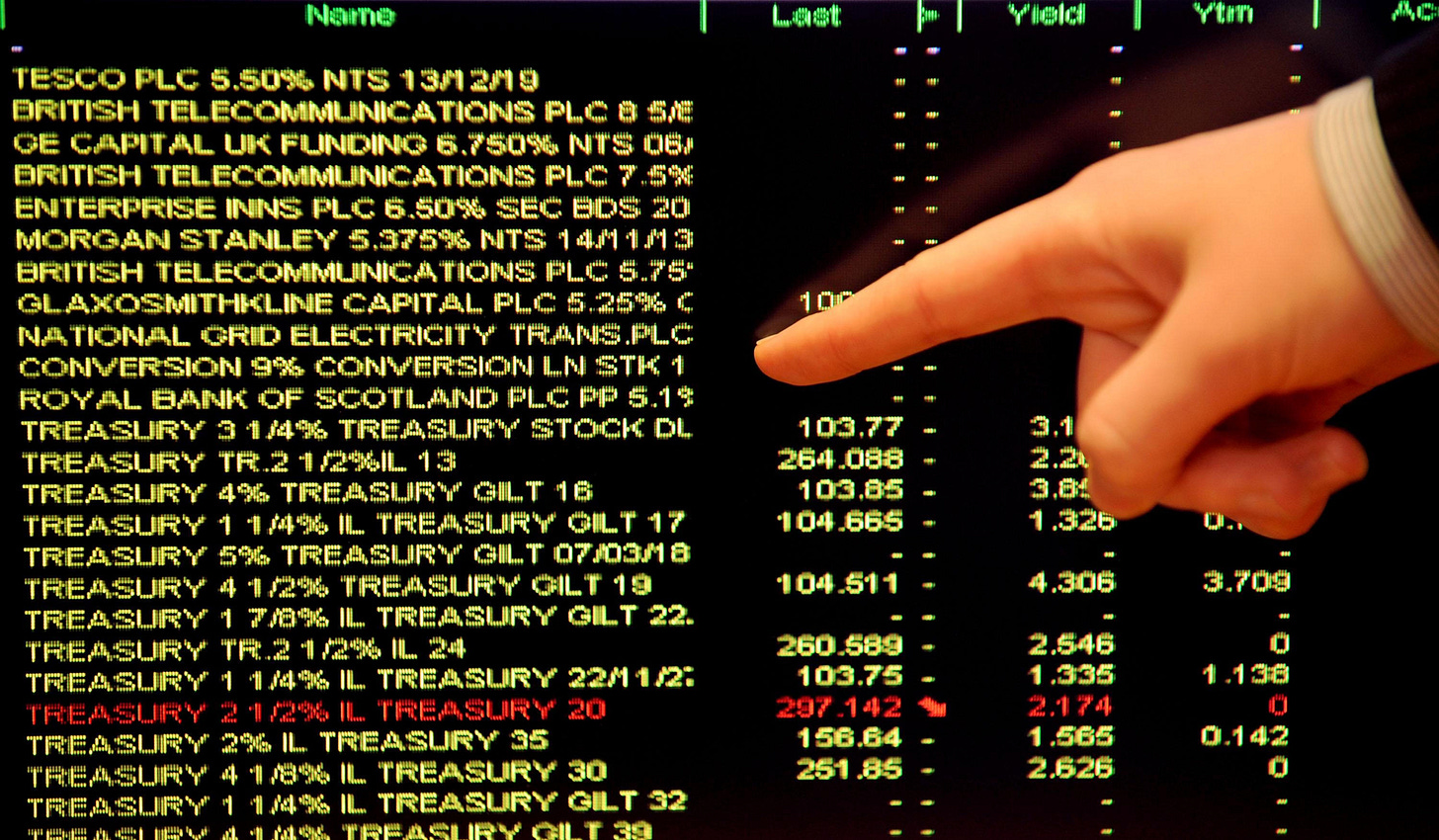Last Thursday, the US House of Representatives passed president Trump’s tax-cutting budget bill by a single vote. The bill now goes to the Senate for ratification.
The passage of the bill through the lower house of Congress has stoked concerns in the US bond market about the state of America’s public finances. Last Thursday, the yield or interest rate on 30-year US government bonds, which moves inversely with bond prices, rose above its 2023 peak, to the highest level since 2007. The sell-off came in the wake of an auction of US government debt in which investor demand had fallen short of expectations. Such auctions, in which the US Treasury issues new debt, test market sentiment. On this occasion it was lacklustre.
Markets are volatile and the mood can quickly change. Yet last week’s events seem symptomatic of a wider shift. Earlier this month, the credit rating agency Moody’s stripped the US of the highest triple-A credit rating on expectations of a widening budget deficit. The FT reported last week that investors are diversifying bond portfolios away from the US and quoted Vincent Mortier, chief investment officer at Amundi: “The US is no longer the ultimate and only perceived safe haven. The country has become the home of extreme fiscal indiscipline". The Bank for International Settlements – the body that represents the world’s central banks – said last December that rising levels of government debt were “one of the biggest threats, if not the biggest threat… to the global economy”.
It's been a while since I’ve heard the term, but talk of “bond vigilantes” is making a comeback. The phrase was coined by the US economist, Ed Yardeni, in the 1980s to describe the way in which investors protest against excessive government borrowing or lax monetary policy by selling government bonds. Selling pressure drives prices down and yields up, raising the costs of borrowing for government. Yardeni argued that such pressure from investors in the 1980s forced the Federal Reserve to act more vigorously against inflation.
The bond vigilantes seem to have been asleep for most of the last 25 years. Government borrowing in most western economies has ballooned yet, until 2020, borrowing costs kept falling. Appetite for government bonds remained strong as the global stock of debt soared. Even when high levels of government borrowing have been combined with high inflation, as has been the case in the last four years, investors have generally been pretty happy to buy government debt.
Lacklustre demand in last week’s US Treasury auction and a spike in US yields suggest that the bond vigilantes are making a comeback. This is not just a US phenomenon.
Japanese bond yields, which have been on the floor for decades, have shot up especially for longer-dated bonds. Japanese inflation is running at 3.6%, a remarkably high rate for a country long associated with deflation. Markets are focusing on Japan's fiscal position, with debt well in excess of 200% of GDP, by far the highest in the industrialised world. At the other end of the spectrum, German debt stands at just over 60% of GDP. But Germany’s borrowing costs have also risen this year in response to a constitutional change that allows for effectively unlimited debt-financed spending on defence.
Most countries issue debt, but the US is by far the world’s biggest borrower, and the stock of US government debt dwarfs that of other countries. US Treasuries are the bedrock asset of the global financial system. America’s borrowing costs affect the world.
The big issue, as we flagged in last week’s briefing, is the trajectory of US government borrowing. America’s stock of debt relative to GDP has more than tripled in the past 20 years. The budget bill renews and extends Mr Trump’s 2017 tax cuts. Although it also cuts subsidies for renewables and support for lower-income households through Medicaid and food stamps, the savings do not remotely cover the additional cost of tax cuts. The result is that the budget bill would raise US debt from 100% of GDP today to 134% by 2034 and 211% by 2055.
The question is whether investors will be willing to finance this level of spending, and at what price. We’re likely to be hearing a lot more from the bond vigilantes.
A personal view from Ian Stewart, Deloitte's Chief Economist in the UK. Subscribe and/or view previous editions of the Deloitte Monday Briefing here.


